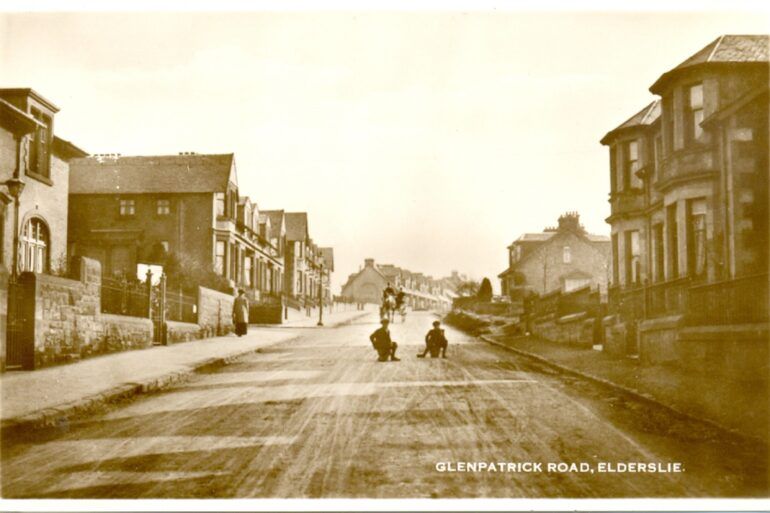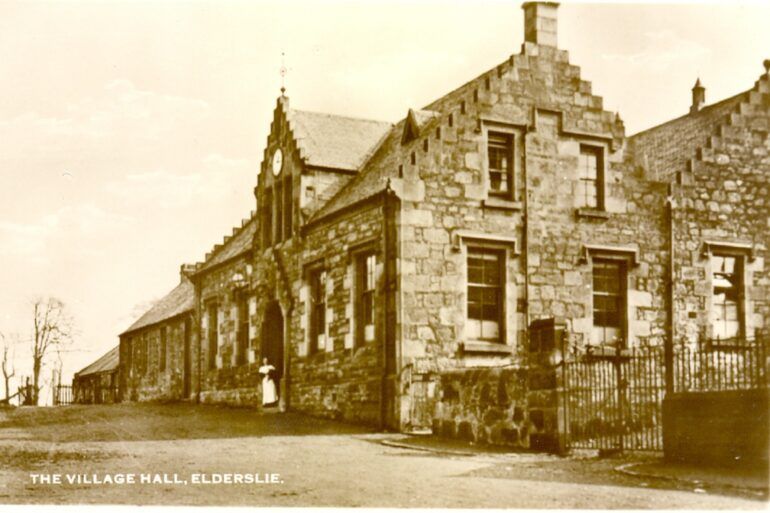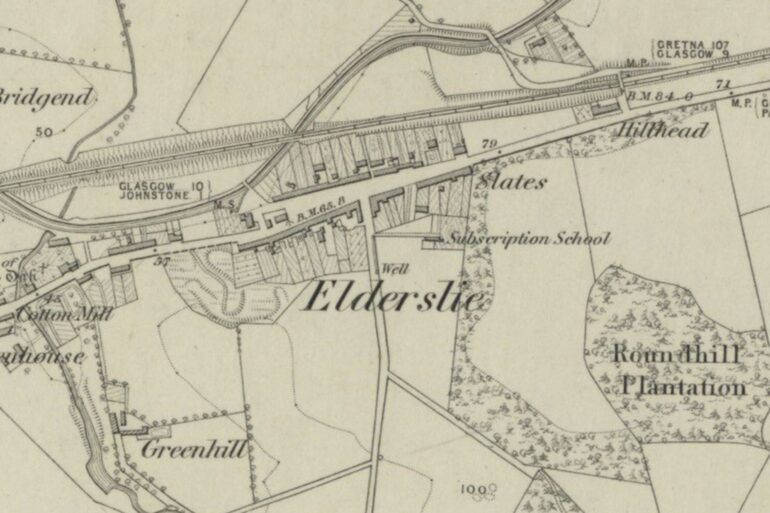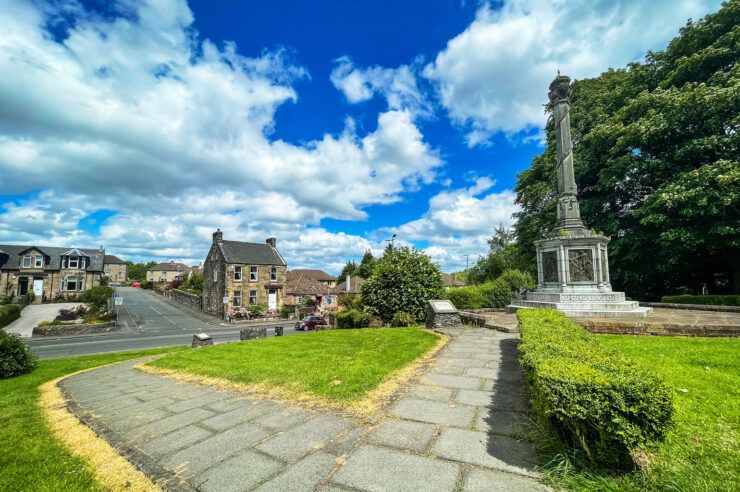This much loved Renfrewshire village is perhaps best known as the birthplace of one of Scottish history’s most cherished heroes. Read on to discover the history and heritage of Elderslie.
William Wallace was born to Malcolm Wallace, laird of Elderslie, and Lady Margaret Crawford in 1270. Young William grew up during the mediaeval period and was educated by the monks of nearby Paisley Abbey. On account of his father’s position as a minor noble, it was expected that the young Wallace might enter the priesthood. However, as we now know, the legendary figure would embark on a much different path.
From the uprisings in 1297 to his capture and execution in 1305, Wallace became figure of mythical proportions. Eight centuries on from his days of patriotic valour, he has remained a national hero. From 1912, his hometown has played host to a monument to Wallace. The momument was designed by John CT Murray courtesy of funds raised by the London Renfrewshire Society. This local landmark is one of the focal points of the village and serves as the final destination for the area’s annual Wallace Day celebrations.
Why not immerse yourself in a slice of history and take the Wallace Begins tour. This one-day trail takes you through the national hero’s journey, starting from his birthplace in Elderslie. You can then explore his early years in Paisley Abbey, before heading north east to the National Wallace Monument in Stirling. The trail finishes back in Dumbarton Castle, where he was held before his execution in London.
Thread and indusrty
From the late 18th century, Elderslie joined other nearby settlements by getting involved in thread manufacture. In 1791, John Clark of Paisley set out his intention to build a large mill for cotton spinning. Three years on he would build a dam in order to harness the power of the nearby Old Patrick Water, known by locals today as the ‘Brandy Burn.’ By 1823, production had increased to such a degree that its 9,400 mule spindles were fuelled by a water wheel and steam engine working in tandem.
After 1815, the cotton mill started to share its power supply with a variety of other large-scale operations. These included Vallance and Lamb’s paper mill, which, over time, would become Patrickbank print works. Patrickbank was taken over in 1952 by Ronalds and Company, who produce printed Paisley shawls. However, the company was declared bankrupt in 1862.
In 1833, the area’s economy was granted another boost courtesy of the inception of Glenpatrick Distillery. Opened by Alexander Speirs, laird of Elderslie Estate. The distillery was one of the first in Scotland, The distillery changed it’s name in 1858 to ‘Gleniffer Distillery’ and would stand for six decades before its eventual closure in 1894.
Carpets fit for royalty
Ten years after Alexander Speirs launched his distillery, a Massachusetts-born silk merchant was looking for a new start across the Atlantic. After initially landing in Glasgow, Arthur Francis Stoddard made his way to Elderslie. In 1862, he purchased the Patrickbank site from Ronalds and Co. The site had diversified into tapestry carpets after the demand for Paisley shawls declined.
Courtesy of his stateside ties, the newly renamed Stoddard’s carpet factory would soon dwarf the success of its previous owners. In fact, just five years after his takeover of the company, the factory was exporting 75% of its production to the US.
Thanks to a fruitful working relationship with the nearby John Brown & Co shipyards, Stoddard Carpets adorned the floors of Cunard liners around the world. High profile ship contracts included the RMS Queen Elizabeth, the Queen Mary and the QE2. Additionally, Stoddards provided carpeting for the most famous ship of all, the RMS Titanic. On land, Stoddards carpeted Queen Elizabeth II’s wedding, the palace of Holyrood House, Clzean Castle and Epsom racecourse. Plus, in 1861, Abraham Lincoln’s wife Mary commissioned a carpet for the White House.
Carpet production was halted during the second world war, and the Elderslie factory was converted into one of the largest laudries in Britain. With it’s closeness to the River Clyde, the factory serviced convoys docking in the river. Around 20,000 ships blankets, 10,000 hammocks and 10,000 lifejackets were washed each week.
During the height of its success and profitability, Stoddards employed over 1700 people.
Slab Boys
The Elderslie plant has been forever immortalised in art. Born in Paisley in 1940 John Byrne’s formative years were spent working in the factory. His experiances would serve as the basis for his critically acclaimed Slab Boys trilogy of plays.
If you have found the history and heritage of Elderslie facinating, find out more about Elderslie today.




